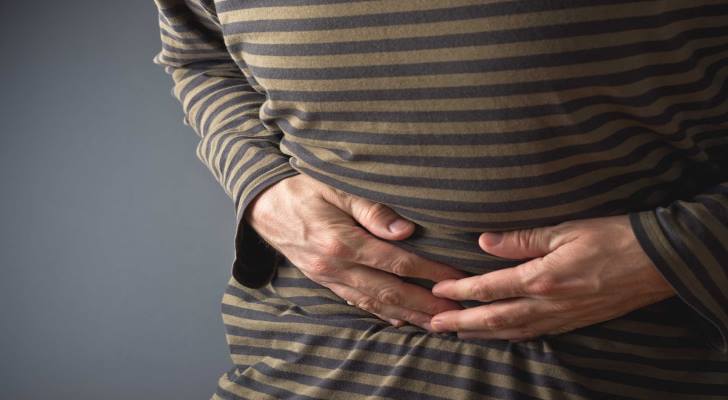
Regular, severe headaches are frequently reported in descriptions of typhoid fever. Headache is among the common early complaints associated with systemic infection and overall malaise. The discomfort is characterized in reports as pressure or diffuse pain in the head, occurring alongside other constitutional symptoms that evolve during the illness.

Fever is another typical feature of typhoid fever. Clinical accounts often describe a sustained or stepwise rise in temperature over successive days, sometimes reaching high levels. Individuals may note warmth of the face, chills, and a general sense of being unwell. Shortness of breath or a need to rest can accompany febrile periods as part of systemic symptoms.

Altered bowel habits are documented, including diarrhea in some cases. Such changes may be more prominent than in milder gastrointestinal illnesses and can be associated with fluid loss (dehydration). Systemic effects may influence muscle activity and other bodily functions. These manifestations are noted across age groups, with variability in intensity.

Muscle weakness and generalized aching can occur during typhoid fever. People frequently describe reduced energy and diffuse soreness. Discomfort is often noted in the abdomen and lower limbs. Similar symptom patterns may be seen in other febrile illnesses such as influenza, and clinical context is used to differentiate causes in medical descriptions.

Lethargy and sleep disturbances are commonly mentioned. Individuals may fall asleep easily due to fatigue and report sluggishness or reduced concentration. Routine tasks can take longer to complete. Energy is described as diminished during the course of systemic infection, contributing to a dazed or slowed state.

A persistent sense of weakness and exhaustion is frequently recorded. Muscle aches and overall body discomfort are associated with these reports. Fatigue can occur even in the absence of strenuous activity, and some individuals experience lightheadedness during febrile episodes. The severity and duration vary with the course of typhoid fever.

Abdominal pain is also described in association with typhoid fever. The pain is located between the chest and pelvic regions and may present as cramps or a dull ache. Intestinal involvement by Salmonella Typhi is discussed as part of the disease process, which helps explain abdominal discomfort observed during illness.

Increased sweating (diaphoresis) is often noted with fever. Reports describe the body’s thermoregulatory response during high temperatures, with perspiration occurring as fever fluctuates. Sweating is presented as a common accompaniment to systemic infection and tends to parallel fever patterns over the course of the illness.

Loss of appetite (anorexia) is another frequently cited symptom. Many people note weight loss across the period of illness. Salmonella Typhi infection is associated with reduced desire to eat and gastrointestinal discomfort. Exposure is generally linked in public health summaries to contaminated food or water, reflecting the fecal–oral transmission route.

A rose-colored rash (“rose spots”) is described in many cases. These lesions are typically small, faint pink macules appearing on the chest and abdomen and may be few in number. Onset is often reported within the first two weeks of illness, and the spots commonly fade within several days according to clinical observations.
Learn more about typhoid fever at Centers for Disease Control and Prevention.

